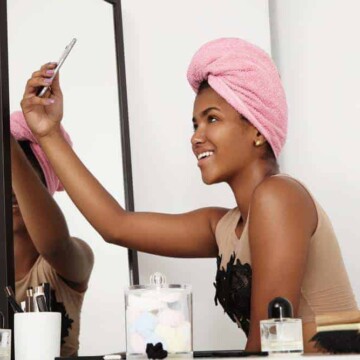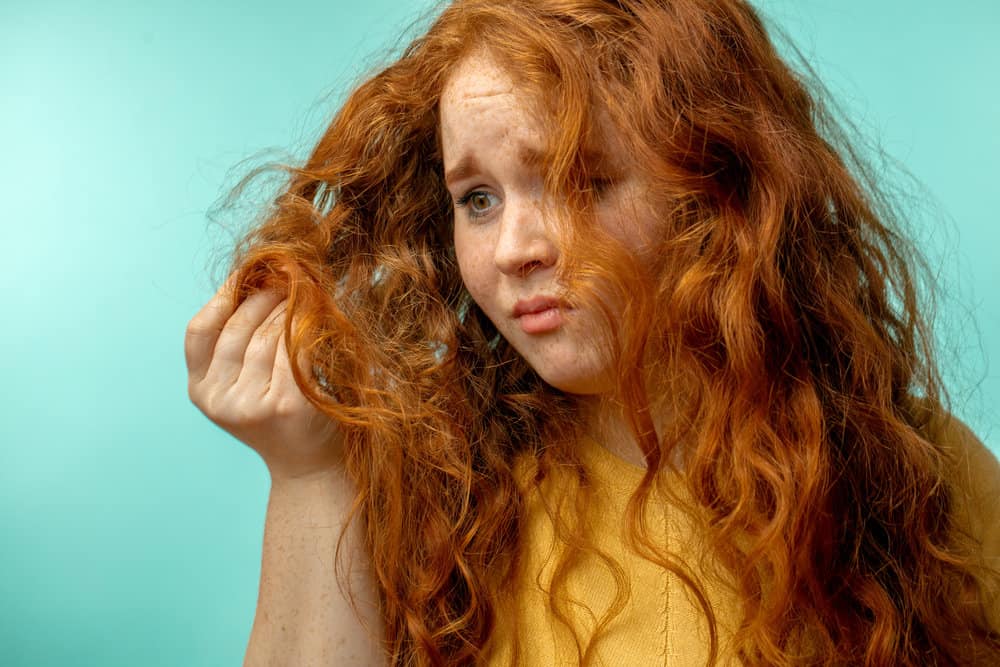
Who doesn’t love switching up their hair? From adorable Dutch braids to sleek ponytails, hairstyles help you express your creativity and personal style.
And don’t even get us started on how much perfectly placed highlights can totally refresh your look!
But what happens when all those experiments leave your strands broken, brittle, and damaged? If this sounds familiar, just read on! Today, we’re going to dive into the ins and outs of repairing damaged hair.
Table of Contents
How To Repair Damaged Hair Follicles Fast
When you’re suffering from hair damage, it can feel like you’re fighting an uphill battle. And while this is the case, repairing damage is relatively straightforward.
You’ll just have to take it one step at a time. Ready to learn how to do that? Here’s everything you need to know about repairing damaged hair.
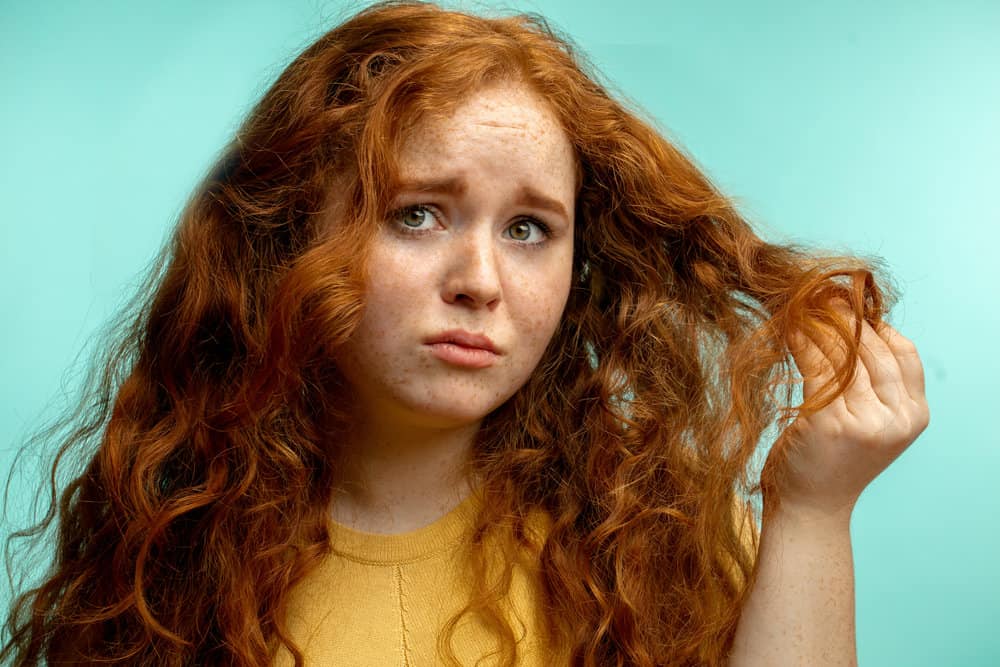
Get a Trim
Depending on the severity of your hair damage, it may be time to schedule a trim. Because your ends are the oldest and weakest part of your hair, they’re much more likely to experience severe damage.
And if you don’t get the damage removed, it’ll travel upwards and destroy the rest of your hair. There are two ways to go about cutting off your damaged ends.
You can get a significantly shorter haircut and get all the damage cut off at once.
Or, you can remove the damaged portion gradually through a series of trims. Just make sure you use sharp, high-quality shears rather than kitchen or craft scissors.
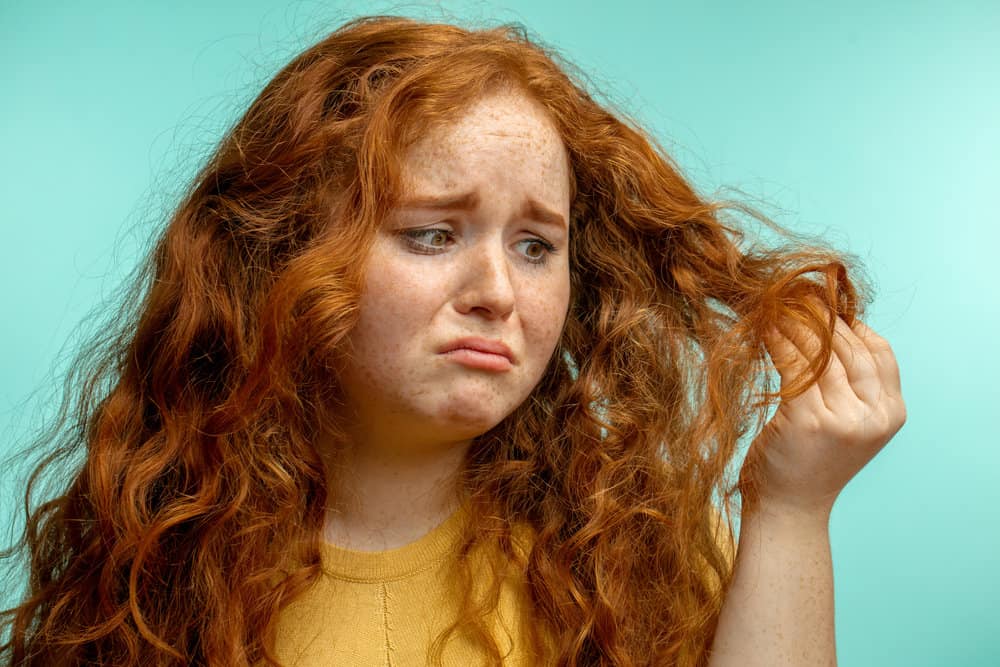
Give Your Hair Plenty of Moisture
If there’s one thing that damaged hair can’t get enough of, it’s moisture. Moisture keeps your strands soft and supple and helps ensure they can bend without breaking off.
But unfortunately, unhealthy hair isn’t able to hold onto water due to all of its structural damage. So when you’re on a healthy hair journey, it's essential to give yourself regular deep conditioning treatments.
After conditioning, apply another layer of moisture through hair creams, moisturizing oils, and leave-in conditioners. Then, as your final step, seal in all that hydration with a sealant like butters or heavy creams and lotions.
Repeat this process two to three times a week until your hair starts to feel better. After that, you can reduce the frequency to one deep conditioning treatment weekly.
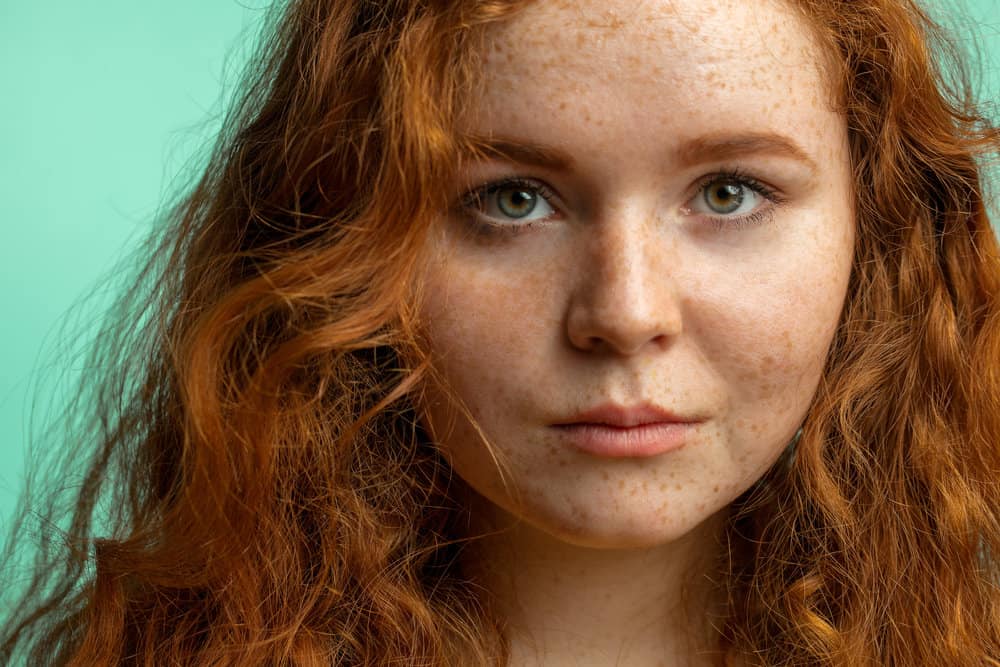
Repair and Rebuild Your Hair
Damaged hair is weak, so it frays and splits easily. So, when you look at damaged hair under a microscope, you’ll see a rough, jagged strand.
Luckily, you can keep your hair strong with regular protein treatments. When you use a protein treatment, the protein molecules adhere to your strands. They fill in tiny holes and gaps along your hair’s surface.
Similarly, bond repairers, like Olaplex, seek out broken bonds in your hair and mend them. Over time, both protein treatments and bond repairers strengthen damaged hair and leave it significantly more resilient.
And since your hair has fewer holes or broken bonds, it’ll be easier for them to retain moisture. Keep track of how often you’re using protein. If you use it too frequently, the excess protein may lead to even more damage than before.

Wash Your Hair Gently
While it's easy to overlook, washing your hair can be a significant source of damage. Even gentle, sulfate-free shampoos can strip the natural oils from your hair and leave it dry, damaged, and fragile.
Cleanse your scalp with a gentle sulfate-free shampoo no more than two or three times a week.
Focus your cleaning efforts on your scalp rather than the mid-lengths and ends of your hair. When you rinse out the shampoo, it’ll travel down your strands and cleanse them.

Find Healthier Ways to Manage Your Stress
It’s no secret that high and sustained stress negatively affects every part of your body. And that includes your hair. Stress can disrupt your hormones and force your hair into a resting or shedding phase.
It can also throw off your oil regulation, so your hair becomes either dry or excessively greasy. The good news is that there are several ways you can relieve stress, and most symptoms resolve once you bring your stress down to a healthy level.
To do that, you’ll have to develop a routine to reduce and manage stress. Not sure what to do? We’ll share some of our favorite stress-reduction activities below:
- Self-care activities
- Regular exercise
- Meditation and yoga
- Journaling

Work on Your Diet
There’s no way around it: healthy hair starts from the inside out. Your body needs to have an ample amount of the raw materials required to support healthy, robust hair growth.
So if you want your hair to be healthy, you’ll have to ensure your diet provides all the necessary vitamins, minerals, and macronutrients. Incorporate plenty of fresh fruits, veggies, and water into your diet.
Make sure you’re getting enough high-quality protein and fats to keep your strands strong and shiny. You should also make an effort to avoid fatty, highly processed, or sugar-laden foods since they can lead to nutritional deficiencies.
As your new hair grows, you should see a significant improvement in your hair’s strength, appearance, and resilience.

Take It Easy on Your Strands
So far, we’ve gone over how to hydrate and strengthen your hair. But all of these efforts will be for nothing if you continue treating your strands like they’re indestructible.
Hair is surprisingly fragile, so you’ll have to remember to treat it gently.
Avoid high manipulation or high-tension hairstyles and styling methods. You’ll also have to be careful with brushing and combing your hair since it can lead to breakage and hair loss.

Avoid Damaging Your Hair Further
The most important part of any hair repair journey is to stop damaging your hair. Otherwise, you’ll undo all your potential progress and suffer even worse damage.
Take a break from anything that can lead to chemical damage, like dye, bleach, and relaxers. You should also avoid heat tools like flat irons, curling wands, and blow dryers.
If you can’t steer clear of heat completely, make an effort to minimize heat damage.
That includes using a heat protectant, keeping the temperature low, and using heat just once or twice a week. Once your hair recovers, you can gradually bring the heat and chemical services back into your regimen.
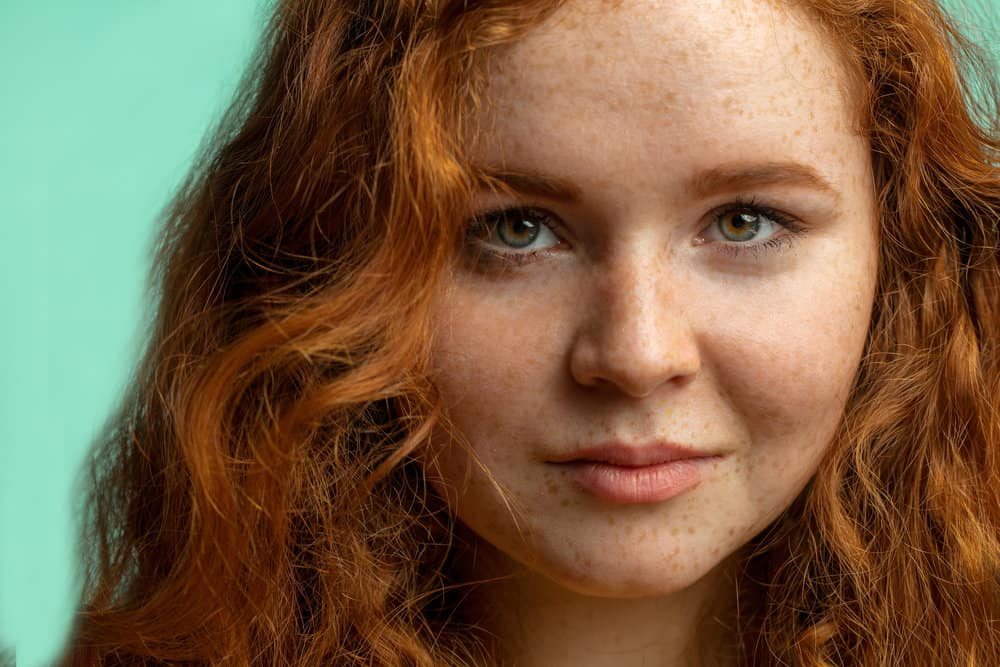
How Long Does It Take to Repair Damaged Hair?
The length of time it takes to repair damaged hair depends on the severity of the damage and how well you care for it. On average, it’ll take between six to twelve months to nurse your hair back to health.
Fortunately, there are a ton of ways to speed up the process significantly. You repair damage in as little as two to three months with the right products and routine.

Does Damaged Hair Grow Back Healthy?
If you’re wondering whether or not new growth grows back as healthy hair, we’re happy to tell you that the answer is yes!
Unless your damaged hair stems from an internal source, like nutritional deficiencies or a medical condition, damage only affects your existing hair. As your hair grows out, it’ll return to its natural, healthier state.
No one wants to have dry, broken hair. And it’s easy to see why. The truth is that damaged hair looks terrible and feels even worse. Thankfully, nursing your hair back to health is relatively straightforward.
Just remember, consistency is the most crucial part of a hair health journey.
Keep making the right decisions for your hair and scalp, and you’ll have your healthy locks back in no time. We hope this article has helped shed some light on repairing damaged strands!




